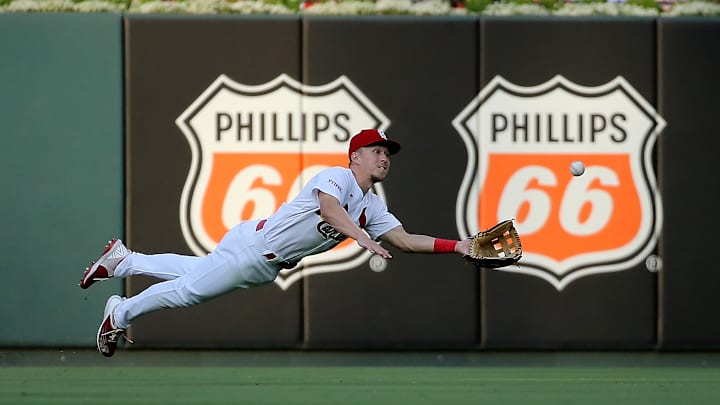At the beginning of the year, expectations were high for the St. Louis Cardinals. While their starting rotation was predicted to be below average, management and fans expected the team's depth to perform well, thus opening the possibility of trading depth pieces for an established starter.
That plan seems to have changed thus far. Team performance aside, many depth pieces haven't quite lived up to their expectations, making it harder to trade those players to upgrade in other areas.
Players such as Jack Flaherty and Jordan Montgomery were on expiring deals; the hope was that they would play well enough to earn a contract extension or become the ace of a staff that needed one badly. Others such as Brendan Donovan, Tommy Edman, and Dylan Carlson were expected to settle into a starting role and carry it through the season.
Let's take a look at eight players who have either increased or decreased their trade value significantly. Keep in mind that most of the team hasn't done enough to change management's perception of them, or those players were never options to be traded anyway (Nolan Arenado, Paul Goldschmidt, Willson Contreras, Jordan Walker, etc.).
